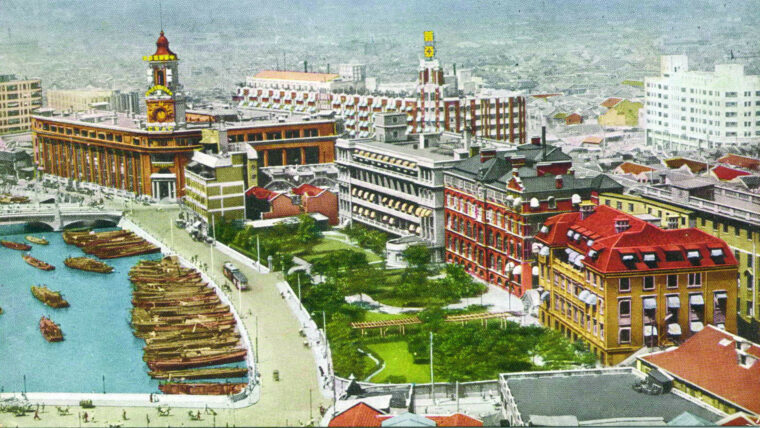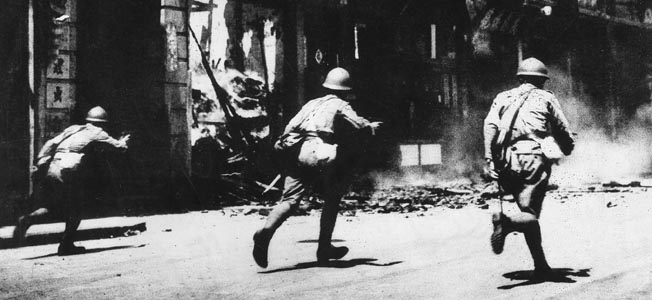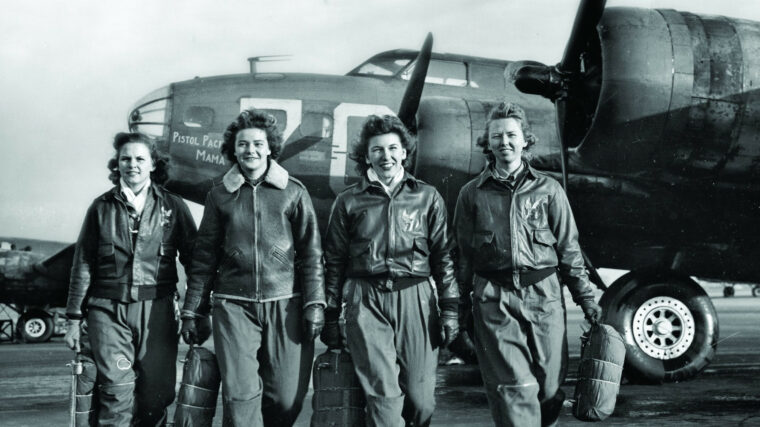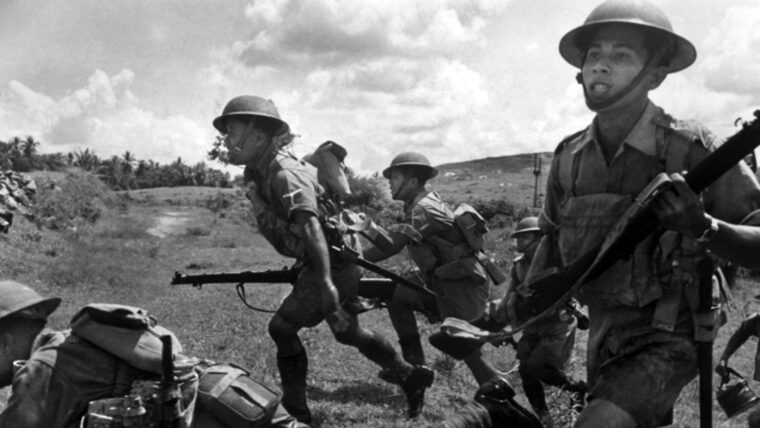
Japan
The Battle of Shanghai: A Prelude of Things to Come
by Christopher MiskimonThe 1930s was a decade full of World War II’s antecedents. Fighting broke out at various points around the globe during this decade, and manu consider the period to be a training ground for 1939-1945. Read more




















